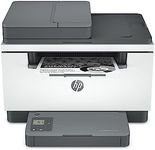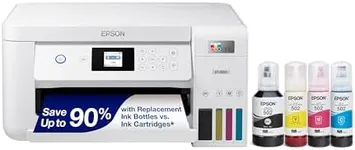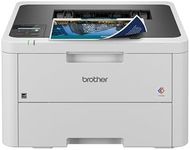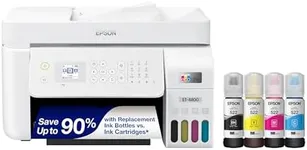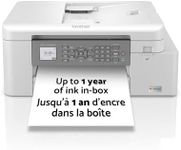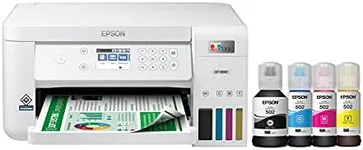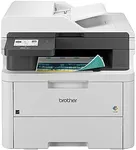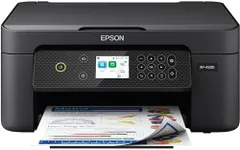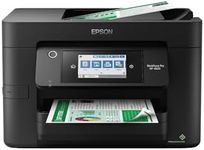Buying Guide for the Best Double Sided Printer
Choosing a double-sided printer, also known as a duplex printer, can make your printing tasks more efficient and eco-friendly by automatically printing on both sides of the paper. When shopping for one, it's important to consider how much and what kind of printing you do, as well as the features that will make your experience smoother and more cost-effective. Understanding the key specifications will help you find a printer that matches your needs, whether it's for home, school, or office use.Duplex Printing CapabilityDuplex printing refers to the printer's ability to print on both sides of a sheet of paper automatically. This feature is important because it saves paper, reduces bulk, and is more environmentally friendly. Some printers offer manual duplexing, where you have to flip the paper yourself, while others do it automatically. If you print large documents or want convenience, automatic duplexing is ideal. For occasional or light use, manual duplexing might be sufficient.
Print SpeedPrint speed is measured in pages per minute (ppm) and tells you how quickly the printer can produce documents. This is important if you often print large volumes or need documents quickly. Lower speeds (under 15 ppm) are fine for occasional home use, medium speeds (15-30 ppm) suit small offices or frequent home use, and higher speeds (over 30 ppm) are best for busy offices. Consider how much you print and how patient you are with waiting for documents.
Print Quality (Resolution)Print quality is usually measured in dots per inch (dpi) and affects how sharp and clear your documents and images look. Higher dpi means better quality, which is important for printing photos or detailed graphics. For basic text documents, a lower dpi (600 x 600) is usually enough, while for images or professional documents, look for higher dpi (1200 x 1200 or more). Think about what you print most often to decide what quality you need.
Printer Type (Laser vs. Inkjet)Double-sided printers come in both laser and inkjet types. Laser printers are generally faster and better for high-volume text printing, while inkjets are more versatile for color and photo printing. If you mostly print text and need speed, a laser printer is a good choice. If you want to print photos or color documents, an inkjet might be better. Your typical print jobs should guide your choice here.
Paper Handling and CapacityPaper handling refers to the types and sizes of paper the printer can use, as well as how much paper it can hold at once. This is important if you print on different paper sizes or need to refill the tray often. Smaller trays (under 150 sheets) are fine for light use, while larger trays (250 sheets or more) are better for frequent or office use. If you print on envelopes, labels, or specialty paper, check that the printer supports these.
Connectivity OptionsConnectivity options include how you connect the printer to your devices, such as USB, Wi-Fi, Ethernet, or Bluetooth. This is important for convenience and flexibility. USB is standard for direct connection, Wi-Fi allows wireless printing from multiple devices, Ethernet is good for office networks, and Bluetooth is handy for mobile devices. Choose based on how and where you want to print from—if you use multiple devices or want to print from your phone, wireless options are helpful.
Operating System CompatibilityOperating system compatibility means the printer can work with your computer or mobile device's software, such as Windows, macOS, or mobile platforms. This is important to ensure you can easily install and use the printer. Most modern printers support common systems, but it's always good to check, especially if you use less common devices. Make sure the printer you choose will work smoothly with your setup.
